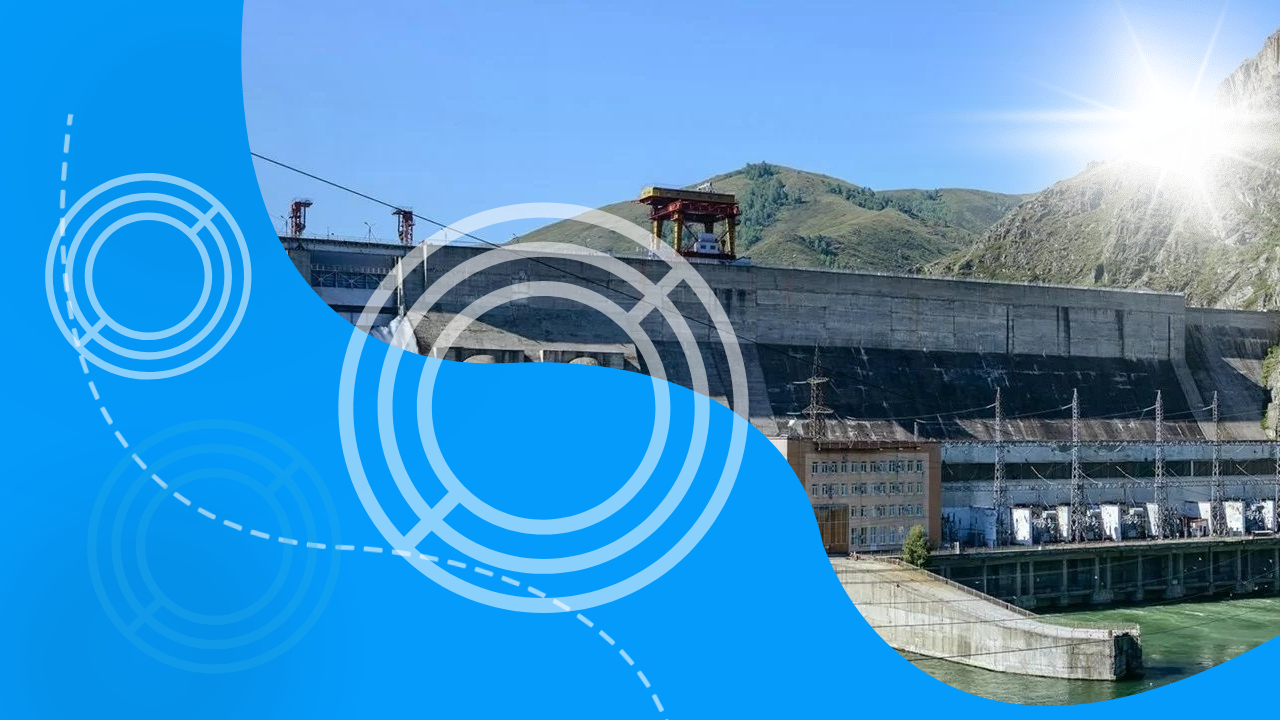The Kazakhstan-based mining company “Kazzinc,” which is controlled by the Swiss-British trader Glencore, has reviewed its emissions data related to electricity consumption. According to a report from inbusiness.kz, the company is revising its Scope 2 emission metrics following an analysis of Glencore’s annual report for 2023. This review aims to align with the Greenhouse Gas Protocol’s definition of direct and indirect energy sources and renewable energy targets under the Emissions and Energy Reporting Procedure (EERP). The revision includes recalculating direct and indirect energy use and associated emissions for “Kazzinc,” including power generation at the Buchtarma Hydroelectric Power Station. Previously, this station was considered a fully integrated direct source of energy, but due to changes in reporting procedures, it will now be classified as an indirect source, potentially increasing the company’s reported emissions.
The rationale behind this decision is based on the fact that the hydroelectric station utilizes water resources, which are subject to regulation and cannot be classified as renewable energy sources. Consequently, this move has sparked discussions within the energy sector, particularly regarding the classification of hydroelectric power and its eligibility for renewable energy incentives.

